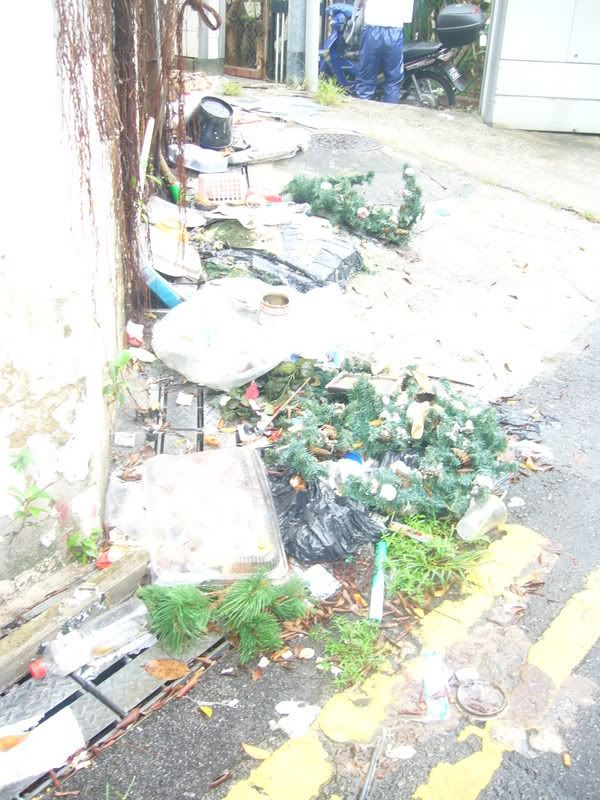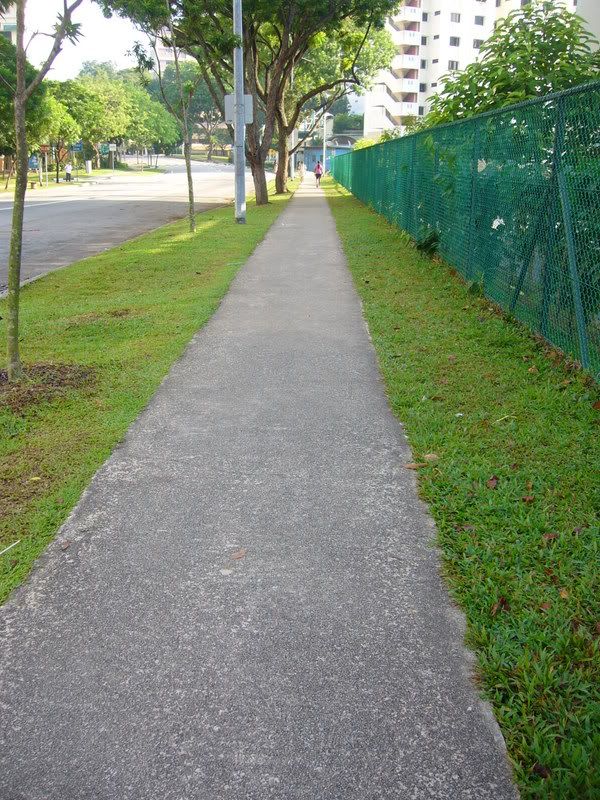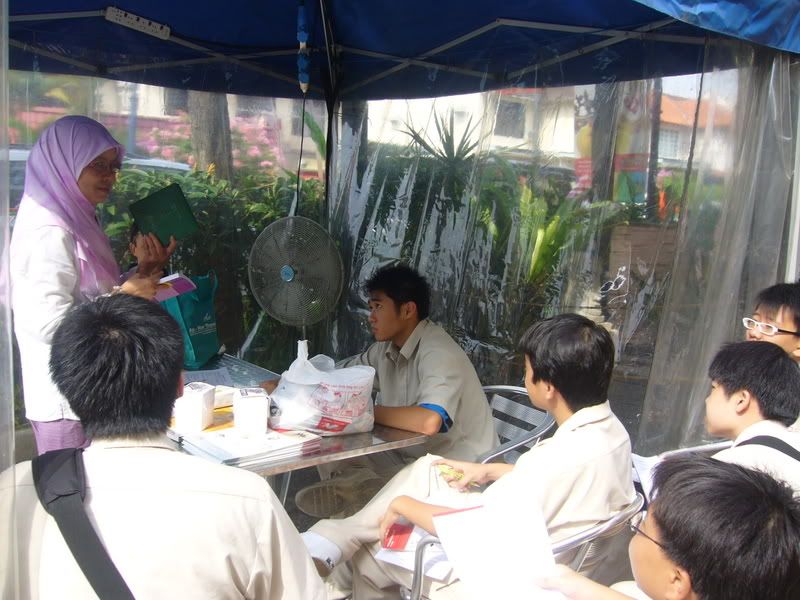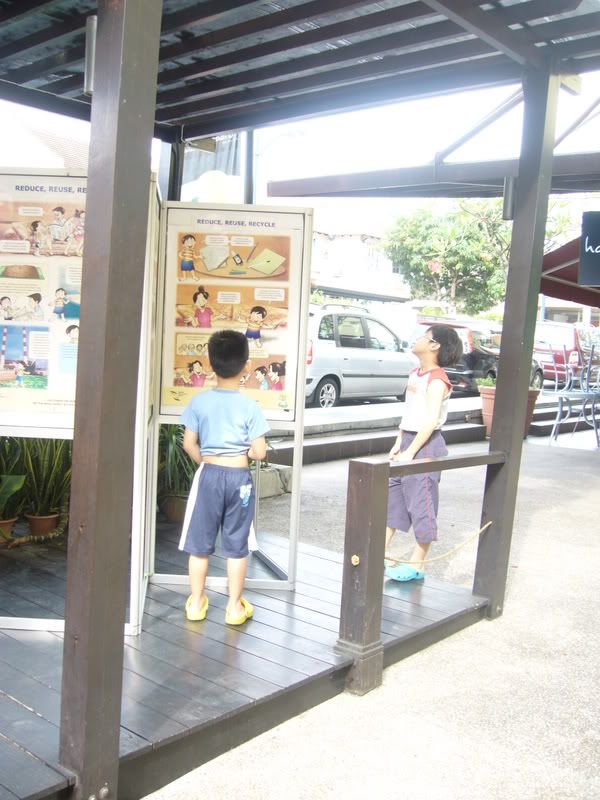
Great News. These YEGs have been awarded GOLD for the Environment Champions Badge.
The EC Badge rewards ECs who are actively involved in environmental activities and have been keeping environmental issues alive in their school and local community.
Aside from delivering environmental talks and presentations to their school-mates, these ECs also work closely with their teacher-mentors, or Environmental Educational Advisors (EEAs), to spearhead environmental initiatives for their school. This is an on-going effort and by no means, a smooth-sailing one, on top of an already challenging academic curriculum. Hence, to reward the efforts and outcomes of these deserving ECs and inspire them to new and better achievements, NEA launches the 'Environment Champions Badge'.
Badge Hierarchy
There are 3'P's, or levels of attainment to the EC Badge - Participate, Persuade, Propagate. This categorization is indicative of the direction toward which the ECs' efforts should progress. Whichever level ECs have clearly shown their strength in earns them a corresponding Bronze, Silver or Gold EC badge :
Participate -> Bronze
Persuade -> Silver
Propagate -> Gold

Participate - As a first step toward environmental proactiveness, an EC is first and foremost, an active participant of external environmental programmes on issues such as waste management, public health, energy conservation, weather studies and so forth.

Persuade - With exposure gained and knowledge gathered from environmental programmes, the next stage calls for action from an EC to educate and inspire an environmental movement in his own school community. Bonus points for students who not only implement programmes and initiatives in their school but have actually initiated these programmes and initiatives, in some way, through their creative suggestions and input.

Propagate - The highest level of recognition is for an EC whose concern for the environment takes him beyond the confines of the school and seeks to inspire the larger community to assume personal responsibility for the environment.
These YEGs@Mayflower have propagate the following activities in the neighbourhood and Singapore apart from various other activities held in school.

1.Pesented findings on littering at the 3rd Environmental Regional Workshop in March 07.

2 Went on a House-to-House Visit with MP for Bishan-Toa Payoh GRC, Mrs Josephine Teo to spread the message of dengue prevention to the residents in Toa Payoh in April 07

3. Presented a skit on dengue prevention at the Teck Ghee Community Walk Against Dengue in June 07 and

4.Participated in the Clean and Green Week 2007 Schools Carnival in November 2007.

The YEGs appeared in a poster for anti-littering.
 They also appear in a poster as part of National Day celebration in Ang Mo Kio GRC.
They also appear in a poster as part of National Day celebration in Ang Mo Kio GRC.






.jpg)
.jpg)
.jpg)
.jpg)
.jpg)





























